
Archives

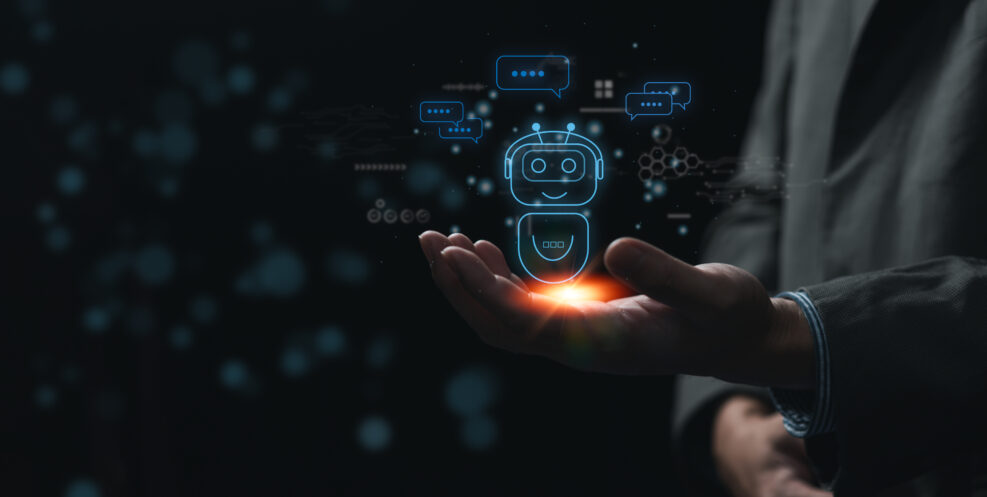
Does New A.I. Live Up to the Hype?
Experts are finding ChatGPT and other LLMs unimpressive, but investors aren't getting the memo
Goodhart’s Law and Scientific Innovation in Academia
Many university researchers are leaving academia so they can actually get things done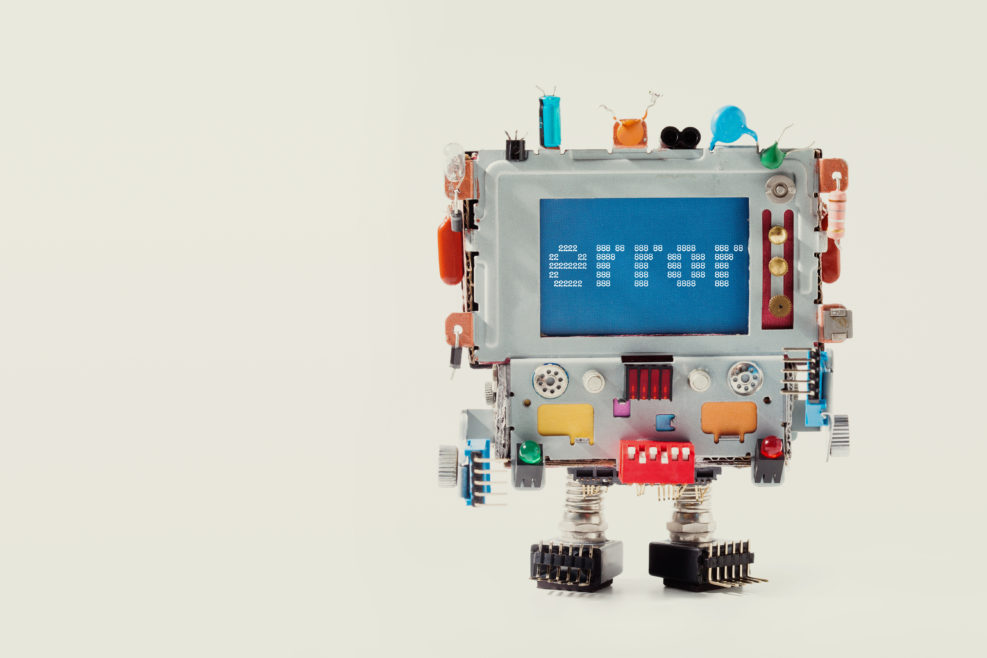
Large Language Models Can Entertain but Are They Useful?
Humans who value correct responses will need to fact-check everything LLMs generate
Tech bubble? Our Progress Towards Value to Users Has Slowed…
We should be wary of glowing forecasts when newer technologies don’t offer anywhere near as large benefits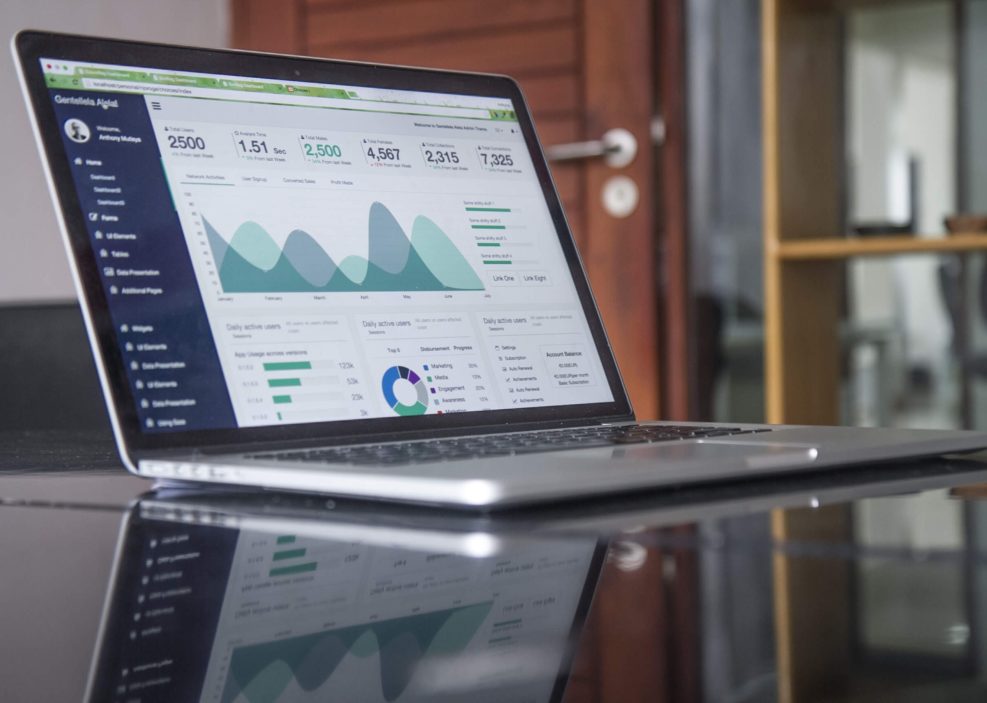
The Hyper-Specialization of University Researchers
So many papers are published today in increasingly narrow specialties that, if there is still a big picture, hardly anyone can see it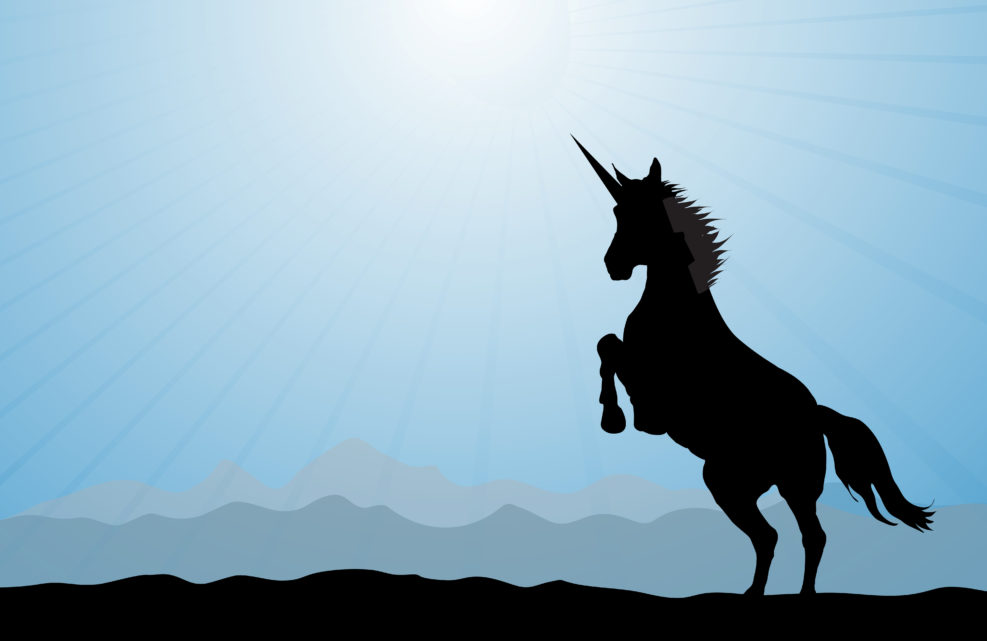
How Far Will Unicorn Share Prices Fall?
Cumulative losses give us some insights
Is Rationality Finally Emerging for Unicorn Share Prices?
Share prices are falling as losses continue to mount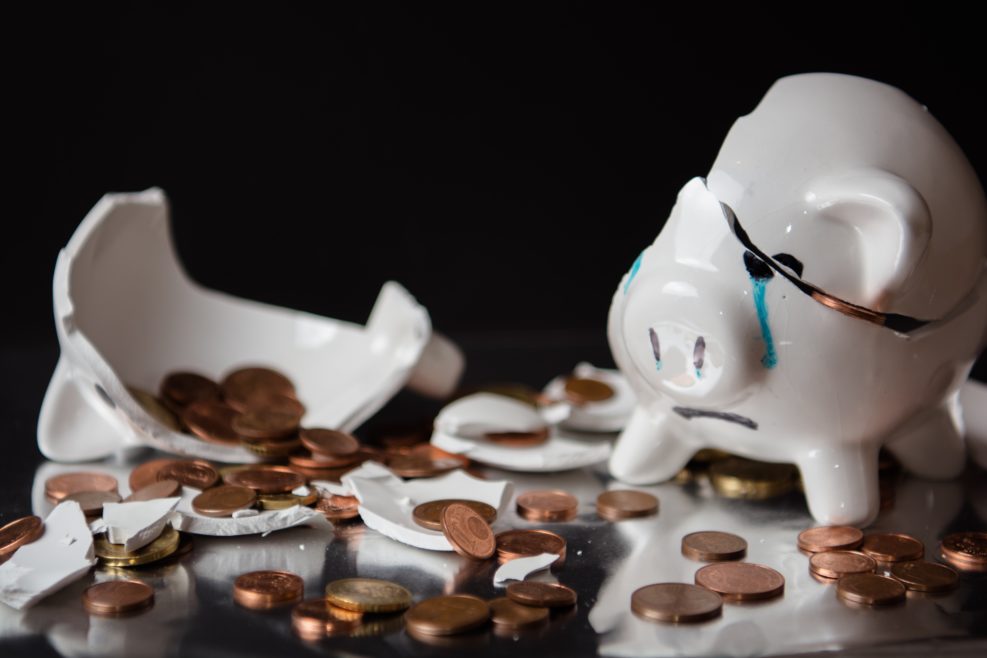
Destructing the Creative Destruction Myth
Debunking the argument that the Fortune 100 list is evidence of the productive vitality of capitalism
A World Without Work? Don’t Hold Your Breath
Predictions of mass unemployment caused by robots continue to be wildly inaccurate
AI’s Future: Combining RPA With AI to Augment Knowledge Workers
The work machines can’t do is usually the rewarding part, both personally and financially
Why We Need to Stop Relying On Patents to Measure Innovation
The key to a nation's long-run economic growth is the effect of innovation on productivity, and has little to do with patent activity
Why Are There No New Googles and Amazons?
The internet has matured, making many new internet-based companies comparatively low-techToday’s startups have targeted a much different set of technologies than did startups in past decades.

Why Do Today’s Tech Startups Disappoint Investors?
Only 14 of the 45 recent Unicorns showed increases larger than those of the Nasdaq generallyCompanies we hear a lot about, like Zoom and Beyond Meat, are not profitable compared to an earlier generation of tech startups.
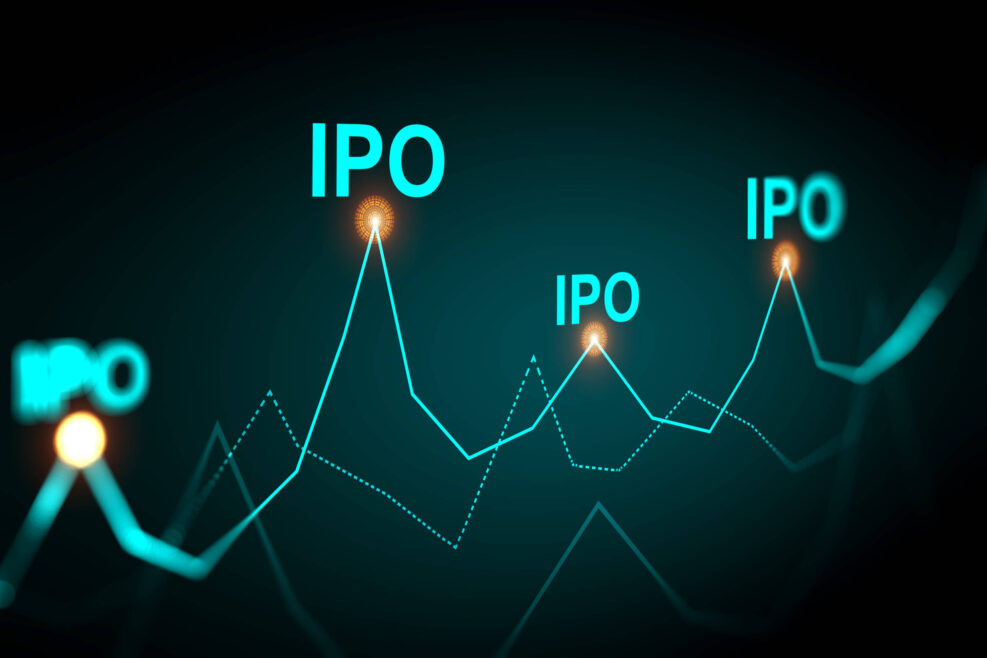
Where Have All the Profitable Startups Gone?
We must distinguish between COVID-19's devastating impact and pre-existing problems that it is making worseThe most successful startups of today aren’t as profitable as those founded 20 to 50 years ago. Something is terribly wrong with the current startup system.

Stanford’s AI Index Report: How Much Is BS?
Some measurements of AI’s economic impact sound like the metrics that fueled the dot-com bubbleStanford University’s AI index offers us fanciful measures of the triumph of AI, rivaling the far-fetched metrics of dot-com commerce. The reality has been the opposite. For decades, U.S. productivity grew by about 3% a year. Then, after 1970, it slowed to 1.5% a year, then 1%, now about 0.5%. Perhaps we are spending too much time on our smartphones.